As human beings, we are fortunate to experience the world in a mesmerising array of colours, immersing ourselves in the omnipresent symphony of natural hues that surround us. From the fiery red sunsets that ignite the horizon to the blue expanse of starry skies, colours draw us in and enrich every moment, allowing us to experience a kaleidoscope of beauty. Their pervasive presence is a reminder that we are part of something greater, something that transcends our own understanding.

My personal journey as a photographer began at the age of 14 when I developed a passion for capturing the beauty of our world, much of which was hidden in plain sight. In the early stages, my focus revolved around enhancing and intensifying the natural colours within my images. The revelation that I could breathe life into them through editing was beyond exciting, allowing me to infuse my own personality and point of view into them. I spent innumerable hours editing, slowly evolving my style, visually articulating what each captured moment meant to me.
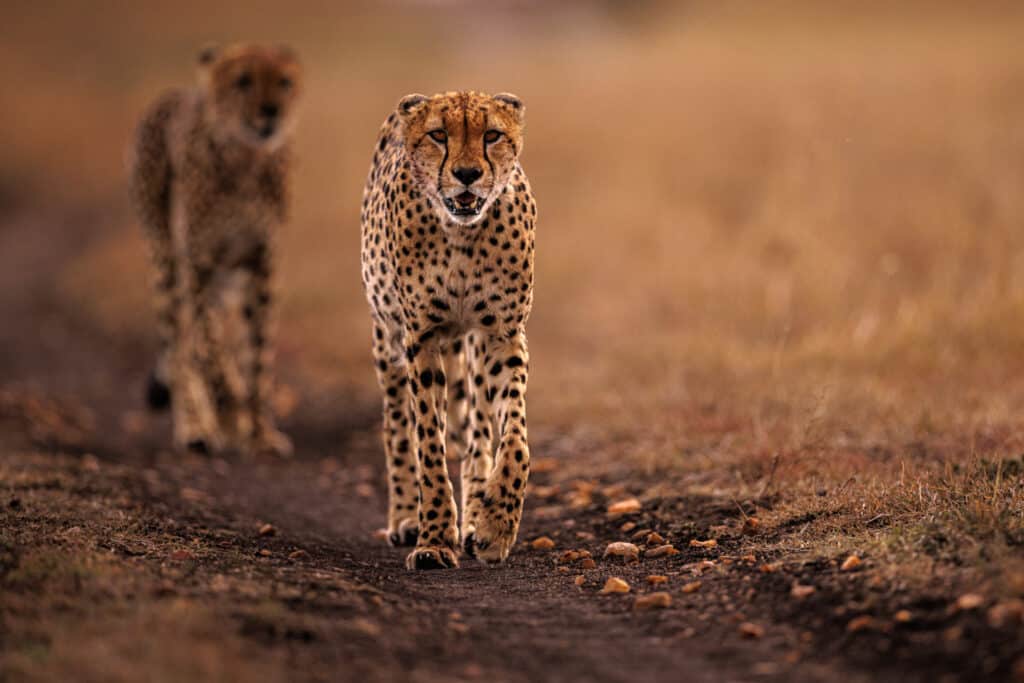
As I became more proficient, I decided to venture beyond my comfort zone and take an entirely different direction, stripping away the vibrant palette that I was familiar with and embracing the monochromatic world instead. This departure surprisingly rendered some images even more captivating, where the absence of colour unveiled a hidden dimension within each photograph — the dramatic reflections in a cheetah’s eyes, for example, or how the final rays of light gently touched a lion’s mane to create striking contrasts. This style showcased the small moments, the exquisiteness of shapes, lines, patterns and textures, the intricate dance between light and shadow; elements that go beyond aesthetic beauty and into the nuances of an image, inviting us deeper into the esoteric messages concealed within a frame.
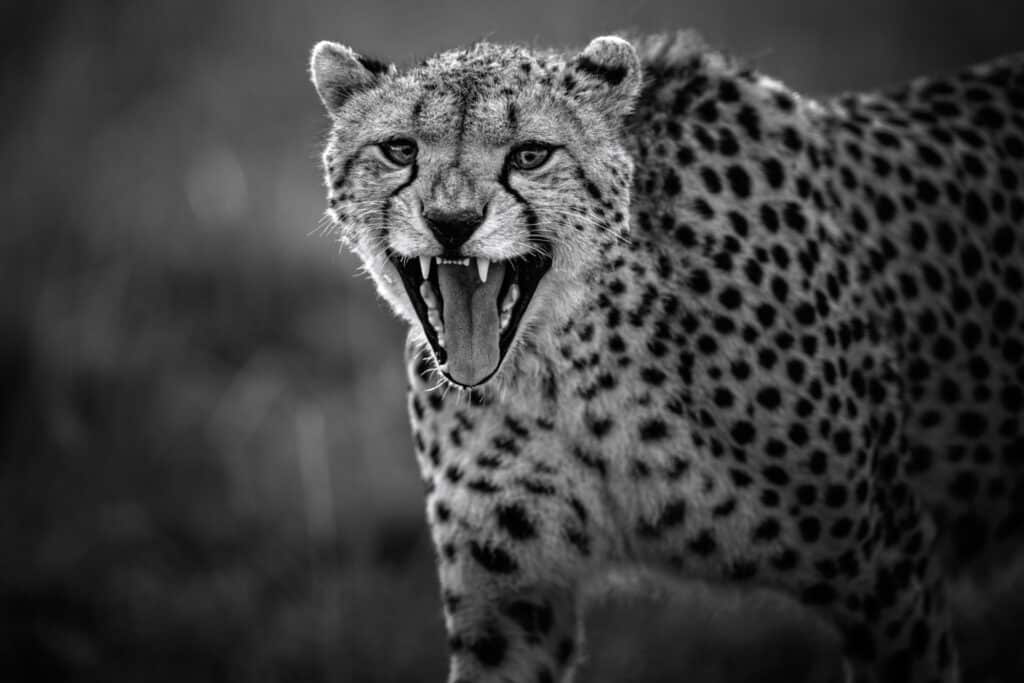
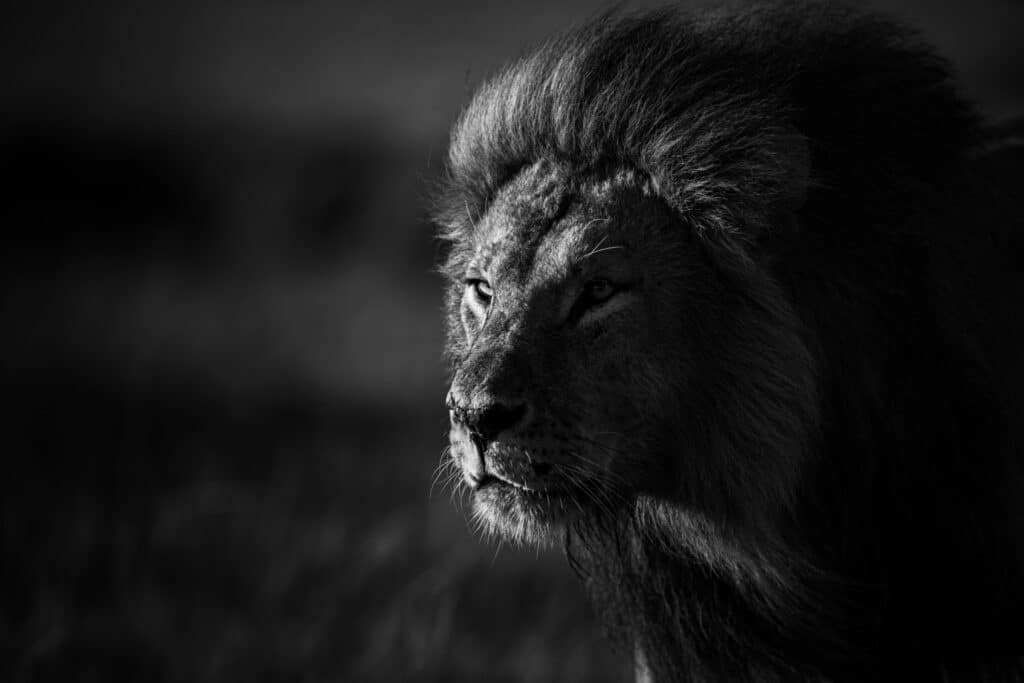
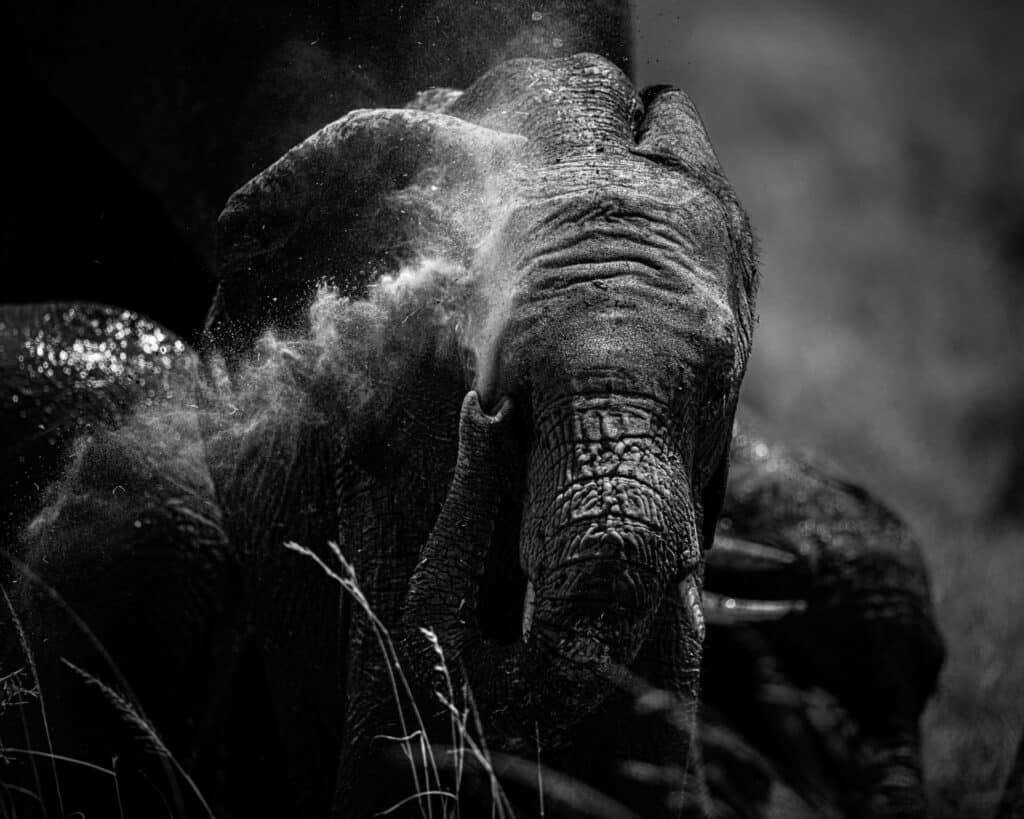
Black and white photography has a distinct allure. To perfect it, you have to think and breathe in a world without colour to be able to unravel the hidden narratives of a photograph.
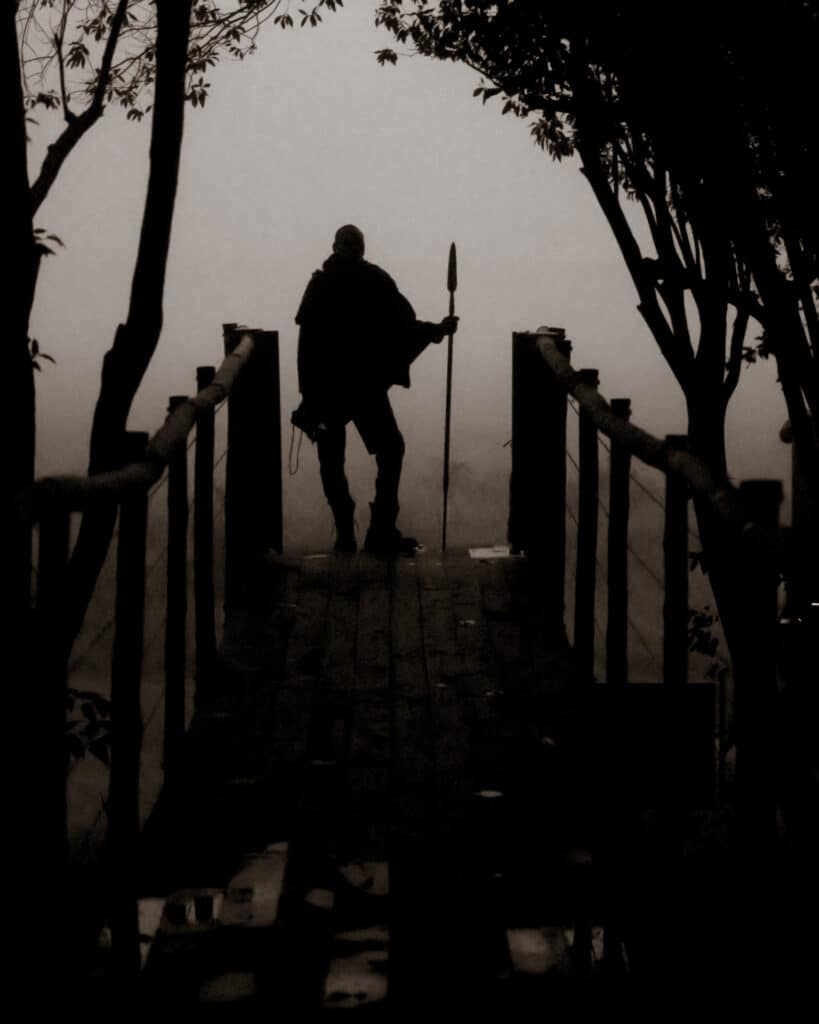
A black and white photo tends to give a more sombre or serious feeling and can give a sense of nostalgia, as if you’re looking back in time. Every frame captures a moment that will never come again, yet its monochromatic tones give it an ageless quality.

It is as if these images exist beyond time, beyond their original subjects and contexts, like a window into another realm of possibility.

Through black and white photography, we can explore our own feelings, our dreams and hopes for the future. As my profound admiration for its power grew, it opened up new avenues of self-expression for me, revealing the ability of a single hue to evoke emotion, provoke thought, and convey meaning with remarkable intensity.
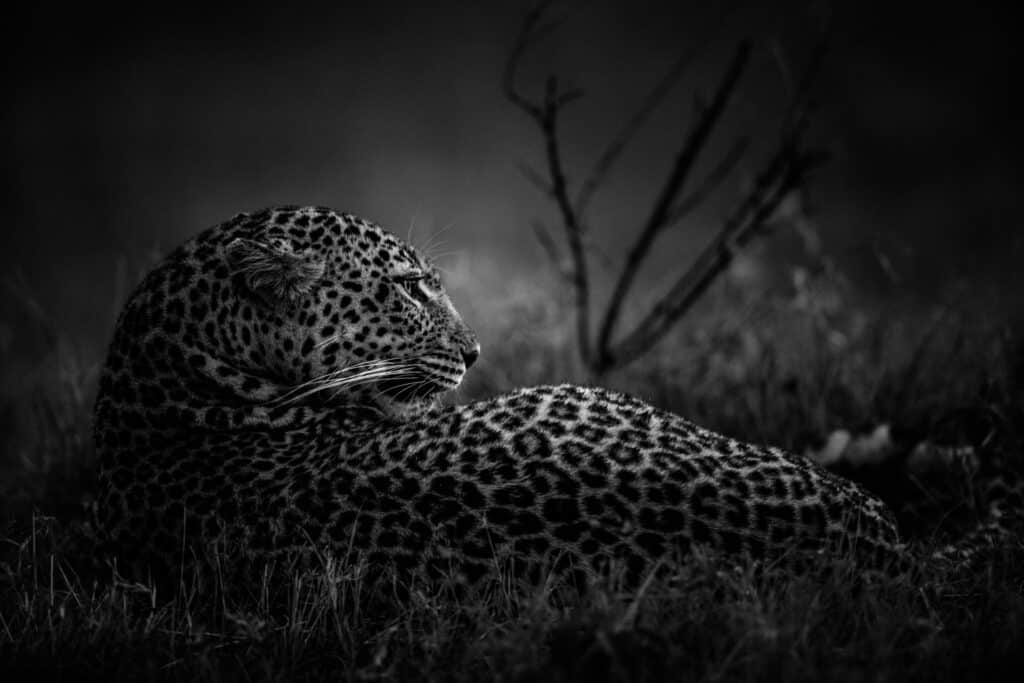
Here, the essence of a subject is laid bare without the distraction of colour, leaving a raw image to be seen for what it truly is. Composition, light and texture are heightened, allowing us to tell totally different stories with our images.
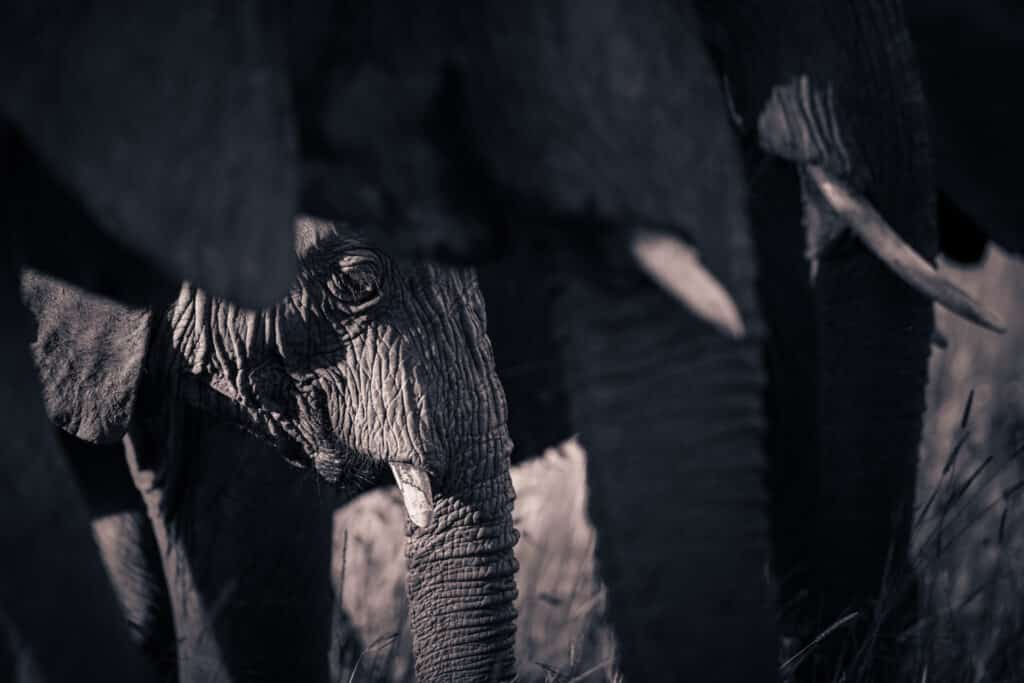
Photography is a way to document our journey through life’s many adventures, every photograph possessing the potential to become a piece of art that will be remembered for years to come. Whether it is through vibrant hues or the lack thereof, photography allows us to witness the beauty of existence and celebrate the freedom of expression that lies at the heart of storytelling. I am grateful to be able to capture these moments and share them with the world.
Photo credits: Eric Averdung